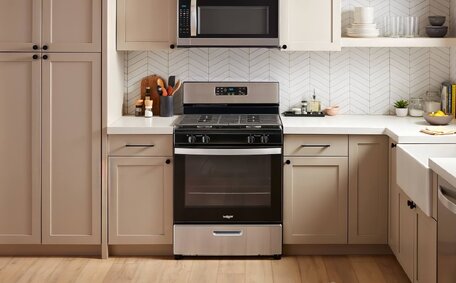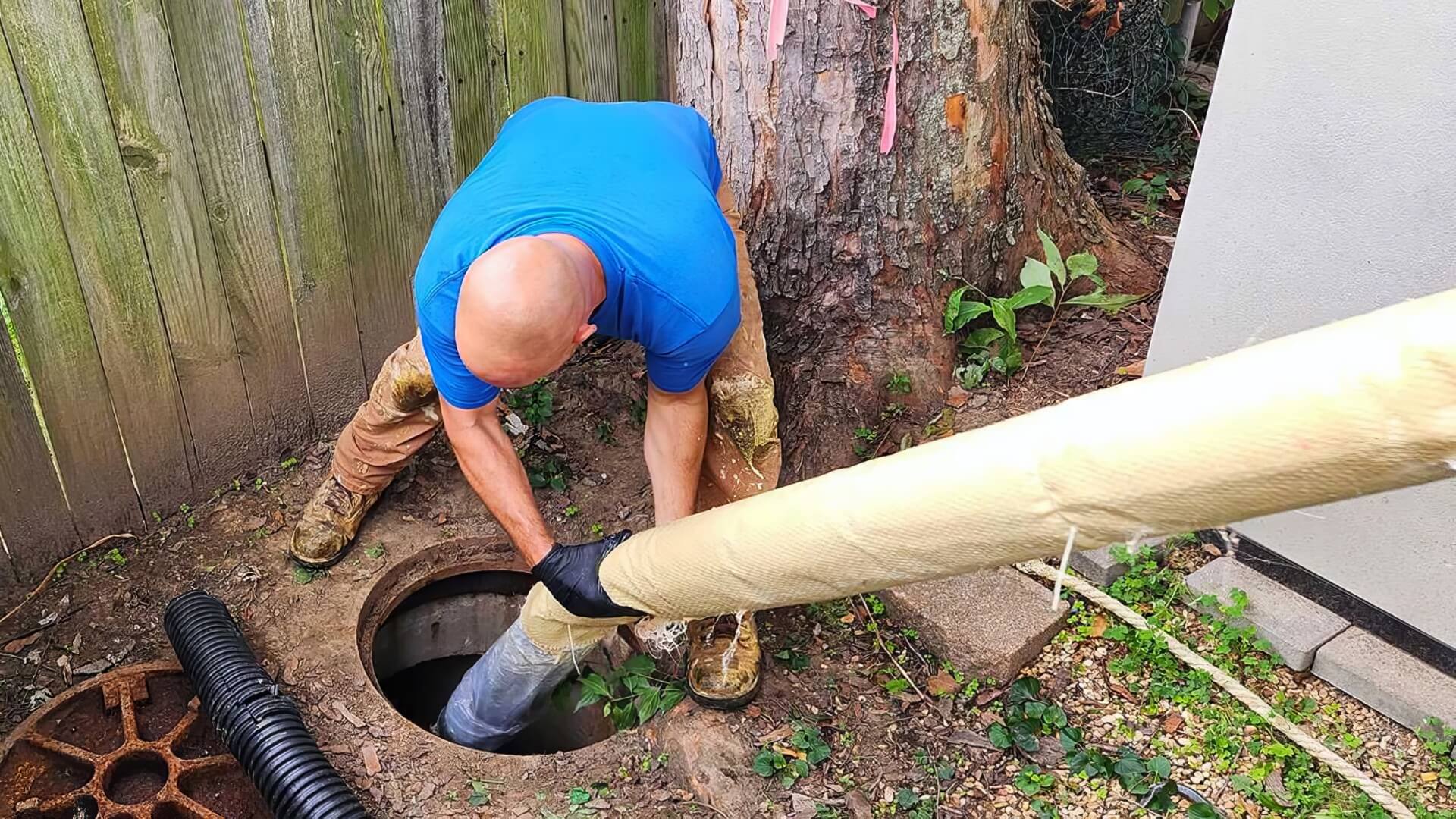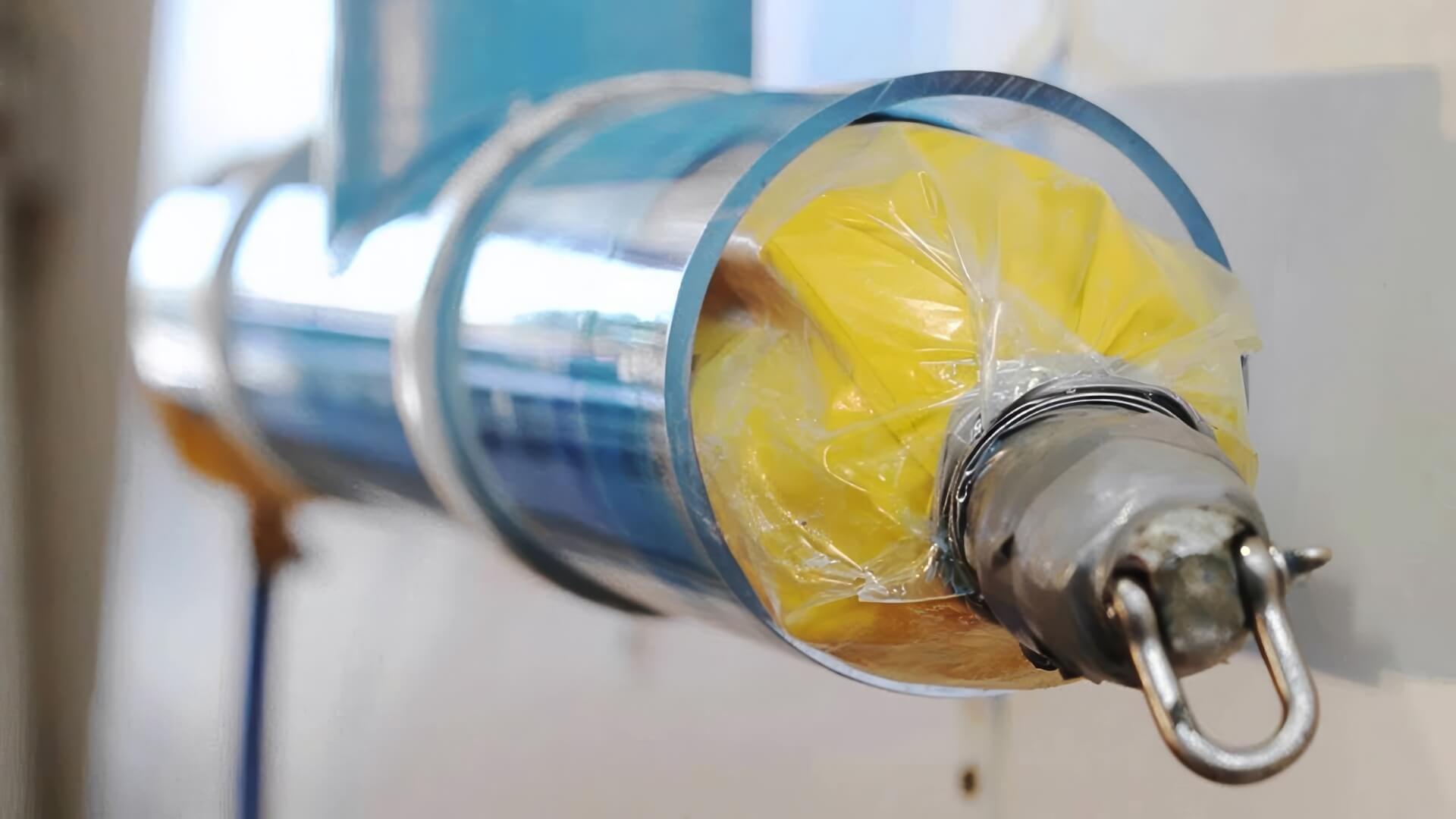Designing efficient hot water systems for multi-story buildings demands expert consideration. With extensive experience, our Cherrybrook plumbers in Sydney excel in tailoring hot water system configurations for these complex environments.
We continually adopt the latest energy-efficient technologies, including heat pumps, tankless water heaters, and solar hot water, to reduce running costs for multi-story buildings.
Proper initial planning ensures consistent hot water delivery, balanced pressure, and controlled energy expenditure over time.
As Sydney’s reliable Cherrybrook plumbers, we’ve completed numerous multi-story hot water system installations. If you’re developing or renovating, contact us to discuss your best options.
Choosing the Right Type of Hot Water System
When choosing a hot water system for a multi-story building, consider storage tanks and continuous flow systems in configurations like electric, gas, solar, and heat pumps. Tankless systems, while space-saving, might struggle with high-demand scenarios.
Choosing the correct system involves assessing hot water demands, energy expenses, spatial constraints, and budget.
We will consider your building’s design, water consumption, and goals to suggest the best hot water systems. Considering both initial and ongoing costs, we offer centralised or modular solutions to provide reliable hot water across the property.
Storage vs Continuous Flow Systems
Select a system tailored to your building’s hot water usage patterns. Storage tanks are ideal for variable demand, whereas continuous flow systems perform best with constant, high usage.
Fuel Source Options
Analyse the up-front investment versus long-term cost savings when selecting a fuel source. We conduct a return on investment analysis to pinpoint the most cost-effective and reliable configurations for your property’s hot water delivery.
Sizing the System Properly
After reviewing your architectural plans and specifications, we calculate peak hot water demands to determine the correct size and location for boilers, tanks, and piping, ensuring adequate pressure and flow throughout the building.
Complying with Regulations and Standards
When installing new or upgrading hot water systems in multi-story buildings, it’s vital we comply with all relevant regulations and standards. Adhering to these regulations ensures the safety, reliability, and efficiency of operation.
Here in New South Wales, the AS/NZS 5601.1:2013 standard stipulates gas system requirements. This covers aspects like combustion safety, ventilation, clearances, consumer piping, and testing. It stipulates that continuous flow gas systems must be installed outdoors, provided they have appropriate weather protection.
Beyond gas hot water standards, the Plumbing Code of Australia and state regulations address materials, piping sizing, system configuration, and connections. We stay up to date on all codes to ensure full compliance from design to completed installation.
Meeting regulations is integrated into our full-service approach. We handle all permitting along with professional installation and certification. Our Cherrybrook plumbers take safety and compliance seriously on every job while delivering optimal, cost-effective solutions.
Optimizing Performance in High-Rise Buildings
Key strategies exist to enhance the efficiency of electric hot water systems in high-rise buildings. Carefully configured centralised hot water systems reduce pipe runs for faster and more efficient hot water delivery.
Heat pump systems leveraging ambient air require less energy input. Solar thermal preheaters decrease fuel consumption. Upgrading to tankless systems also prevents standby losses.
When upgrading existing buildings, we consider current usage patterns and infrastructure operation. This lets us integrate suitable solutions that are being used without major retrofits. For many people, adding solar preheat or heat pumps to supplement gas systems cuts costs while using existing pipes and tanks.
New high-rise construction allows the designing of comprehensive central systems from the ground up, including solar water options. Greater flexibility in plant and hot water tank sizing for any system type is achievable, adhering to building specifications. We simulate water usage across all floors to right-size components and route delivery piping optimally.
Our holistic approach delivers a hot water system your high-rise can rely on for efficiency, functionality and steady service. Contact Cherrybrook Plumbing to keep tenants satisfied through prompt hot water availability building-wide.
Ensuring Adequate Pressure on Upper Floors
Delivering adequate water pressure to upper floors is vital in multi-story buildings. As distance from the central water heater increases, pressure drops. We consider factors like building height, pipeline routing, and simultaneous demand when planning for a new hot water delivery system.
For tall structures, pressure booster pumps augment flow to upper levels during peak hot water usage events. We right-size and position pumps to guarantee sufficient pressure across all taps and fixtures. Proper pump sizing prevents pressure spikes that stress pipes.
Ideally, main vertical delivery trunks run uninterrupted from bottom to top. Limiting elbows and fittings reduces resistance for smooth flow hot water delivery. Insulating pipes also helps retain pressure longer before booster activation.
Contact Cherrybrook Plumbing to evaluate your building’s layout and usage. We design reliable solutions to maintain steady pressure and delivery to guarantee hot water availability building-wide.
Efficient Piping Strategies
Careful planning of hot water delivery piping, including the installation of a hot water meter, prevents excessive heat loss for greater efficiency. We analyse pipeline lengths to position equipment that minimises resistance. This also reduces installation costs.
For maintenance access, we ensure central plant locations have adequate clearances. Isolating valves allow servicing sections of piping independently. We also take a modular approach using duplicate distributed components over a single central unit.
To guarantee sufficient flow on upper floors, large-diameter supply risers feed stepped-down branches. This methodology ensures optimal pipe sizing, maintaining water same pressure and demand requirements on each level.
Centralized vs Distributed Systems
When designing hot water delivery in a multi-story building, two main system configurations emerge: centralised or distributed.
Centralised systems concentrate on how much the water heating source and storage to serve the entire building. This allows right-sizing components for efficiency. However, this requires a comprehensive network of riser piping from a basement utility plant.
Distributed systems place small water heaters on every floor or every few floors. While this strategy minimises vertical pipe runs, it does duplicate heating capacity. Maintenance also requires accessing equipment on each level.
We weigh factors like layout, usage patterns, and redundancy requirements when recommending the optimal structure for your building. This delivers the best blend of first costs, operating costs, and reliability to satisfy demand throughout all floors.
Installation and Placement Considerations
When installing hot water systems in multi-story buildings, careful planning ensures optimal performance, efficiency, and serviceability. From the initial design phase, we factor in equipment access, clearance, ventilation, and safety regulations.
For gas hot water systems, outdoor installation meets combustion safety codes. This requires protecting units from weather and providing adequate air supply. Condensing tankless heaters have additional ventilation requirements we integrate into placement plans.
Locating water heating plants in basement utility areas allows convenient ground-level equipment delivery during construction or replacements. We ensure adequate ceiling height, door access, and service clearances suited to the system size. Control panels and isolation valves enable safe access for maintenance.
Routing vertical supply risers in service ducts or pipe chases reduces installation labour and costs while enabling maintenance access. Insulating all pipe runs maintains delivery temperature and pressure to upper floors. We coordinate with other building infrastructure like HVAC, fire suppression, and electrical systems when planning placement.
Energy Efficient Hot Water Options
When aiming to reduce energy consumption from hot water systems in multi-story buildings, efficient technologies like heat pumps and solar thermal diverts are compelling options.
Heat pump water heater systems can reduce electrical use significantly, by up to 50% or more, in comparison to conventional electric storage units. Ambient heat is absorbed by a heat exchanger and refrigerant loop, concentrating thermal energy to heat water. Installing in well-ventilated utility areas optimises efficiency.
Adding solar thermal preheat subsystems that capture and heat air, feeding into a storage cylinder, lessens the primary heating plant’s fuel demand and cuts back on the need to use electricity. Solar collectors harness the sun’s renewable energy to warm water entering traditional gas or electric storage tanks. The more your hot water system conserves energy, the more it reduces overall energy costs and environmental impact.
Integrating these technologies into existing buildings can modernise systems without replacing entire pipe infrastructure. New construction allows designing comprehensive systems around efficient equipment placement and performance.
Understanding Central Hot Water Systems
Central hot water systems concentrate the water heating source and storage capacity in one area to serve multiple levels of a multi-story building. This allows properly sizing components to meet peak demand efficiently.
Water is heated using gas, electricity, solar thermal, heat pumps, or a combination, then stored in an insulated water tank. It flows into a well-insulated storage tank. When hot water is requested, it is already warmed and available from the tank, avoiding the need for on-the-spot heating.
Pipes distribute pressurised hot water to ensure uniform temperature throughout the building. Careful system planning balances pipe routing distances to maintain adequate flow on upper floors during peak events. Recirculating loops can be installed in isolated zones to heat water more efficiently and hasten delivery.
Maintenance and Accessibility
Regular maintenance keeps your hot water system operating efficiently in multi-story buildings. We design infrastructure that enables convenient access for inspections, parts replacement, and upgrades.
Gas hot water heaters require annual safety checks and tune-ups to sustain performance. Heat pump and electric units need less frequent attention but still benefit from periodic maintenance. Isolating valves installed throughout piping networks isolate zones for repairs without full system shutdowns.
We position system components to allow adequate clearances for service technicians. Vertical pipe chases and dedicated utility rooms offer maintenance access without invading tenant spaces. Durable insulation retard deterioration while enabling easy visual pipe assessments. Proper positioning coupled with redundant distributed equipment guarantees reliable hot water delivery building-wide.
Using Heat Pumps Effectively
Heat pumps can be highly effective for hot water supply in multi-story buildings due to their energy efficiency. Modern units can reduce electricity consumption by over 50% compared to conventional systems.
When installing a heat pump system for water heaters, it’s important to locate them in well-ventilated utility areas or plant rooms. Heat pumps, with their evaporator fan compressor units, emit some noise during operation, similar to air conditioning units. Outdoor installation is also an option, giving the unit inside robust weather protection to ensure it doesn’t meet an untimely end its lifecycle.
For optimal performance, ensure adequate airflow clearance around the heat pump hot water system, as per manufacturer specifications. Maintain access space for periodic maintenance. Integrate systems properly with storage tanks, recirculation loops, and pressure boosting to guarantee sufficient hot water delivery across all floors.
While more expensive to install, upfront costs for heat pump water heaters can exceed conventional types, but energy savings lead to an attractive return on investment over their lifespan. Their high efficiency makes them ideal for properties focused on reducing environmental impact and lowering your energy bills.






